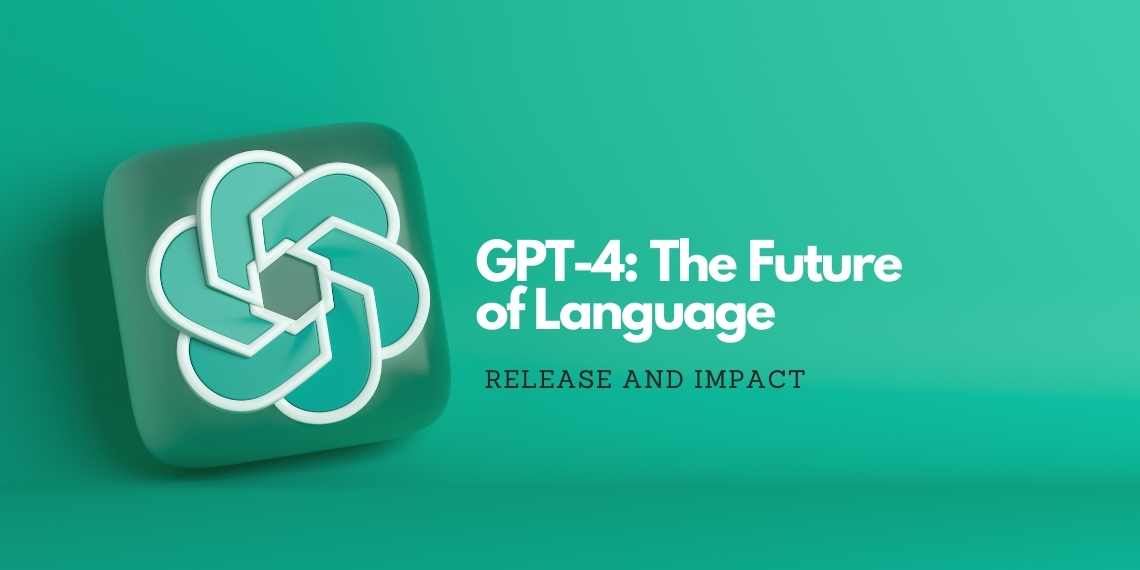In this blog, we will discuss the Future of Language Processing and take a closer look at GPT-4, the fourth generation of the Generative Pre-trained Transformer (GPT) language model developed by OpenAI. With the advancements in technology, GPT-4 is expected to have even greater capabilities than its predecessor, GPT-3, in terms of language understanding and generation. The model will likely be trained on an even larger dataset, making it even more versatile and accurate in a wide range of natural language processing tasks.
Predictions for GPT-4 Release

Timeline estimates: Currently, there is no official release date for GPT-4, and OpenAI has not provided any information about when it is expected to be released. However, based on the development timeline of previous GPT models, it is possible that GPT-4 could be released in the next few years.
Potential improvements over GPT-3: GPT-4 is expected to have a number of improvements over GPT-3, such as increased accuracy and fluency in language generation, the ability to perform more complex language tasks, and the ability to handle a wider range of data types. Additionally, GPT-4 may also have improved memory and computation capabilities, allowing it to process large amounts of data more efficiently.
Impact of GPT-4 on Industry

Advancements in NLP and AI: GPT-4, with its improved language understanding capabilities, is expected to drive advancements in natural language processing and artificial intelligence. It could be used to improve chatbots, virtual assistants, and other applications that rely on language understanding.
Implications for businesses and job market: GPT-4 is also expected to have a significant impact on various industries, including finance, healthcare, and customer service. Businesses could use GPT-4 to automate repetitive tasks, such as data analysis and customer support, leading to cost and time savings. However, it could also lead to job displacement as some tasks are automated. On the other hand, the development and maintenance of GPT-4 and related technology could create new job opportunities.
Conclusion
GPT-4 is the fourth generation of the Generative Pre-trained Transformer (GPT) language model developed by OpenAI. It is expected to have even greater capabilities than its predecessor, GPT-3, in terms of language understanding and generation. There is currently no official release date for GPT-4, but it could be released in the next few years. GPT-4 is expected to drive advancements in natural language processing and artificial intelligence and have a significant impact on various industries, including finance, healthcare, and customer service.
GPT-4 represents a significant step forward in the field of natural language processing and artificial intelligence. Its release will likely lead to a range of new applications and opportunities for businesses and individuals. However, it’s important to consider the potential ethical and societal implications of GPT-4’s advanced capabilities. Therefore, it’s important to consider the responsible development and deployment of GPT-4 and similar technology.

Hello, I’m Ali Raza, the brain behind Digital Realm Trends.
Hailing from the vibrant world of digital marketing, I’ve honed my skills over years. Based on my experience, I’m here to unravel the complexities of digital marketing, analytics and paid marketing, crafted for individuals like you. Join me in uncovering the power of digital marketing tools and strategies, fueled by experimentation and insights.




